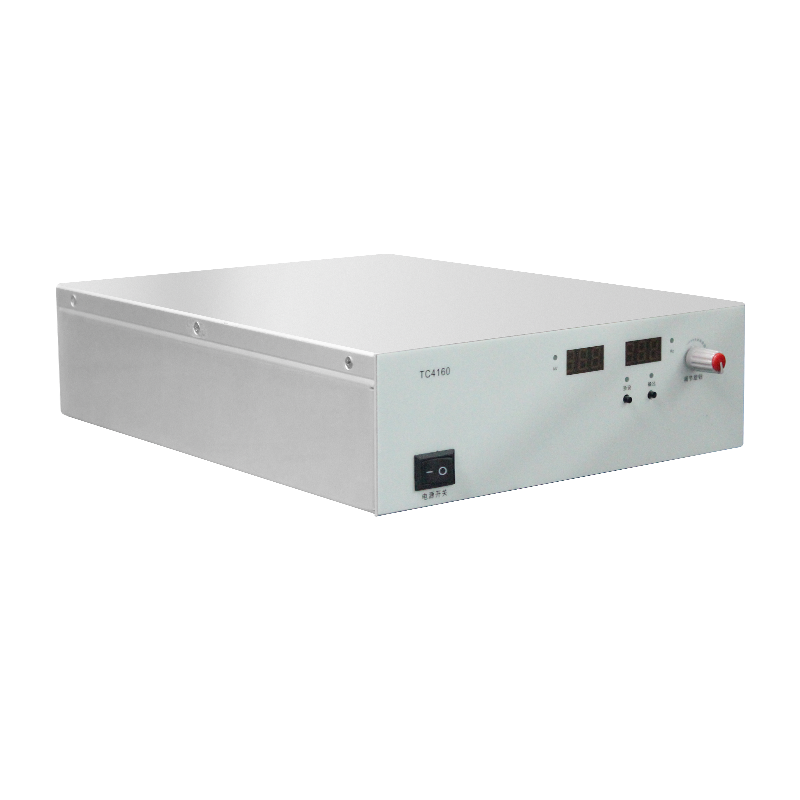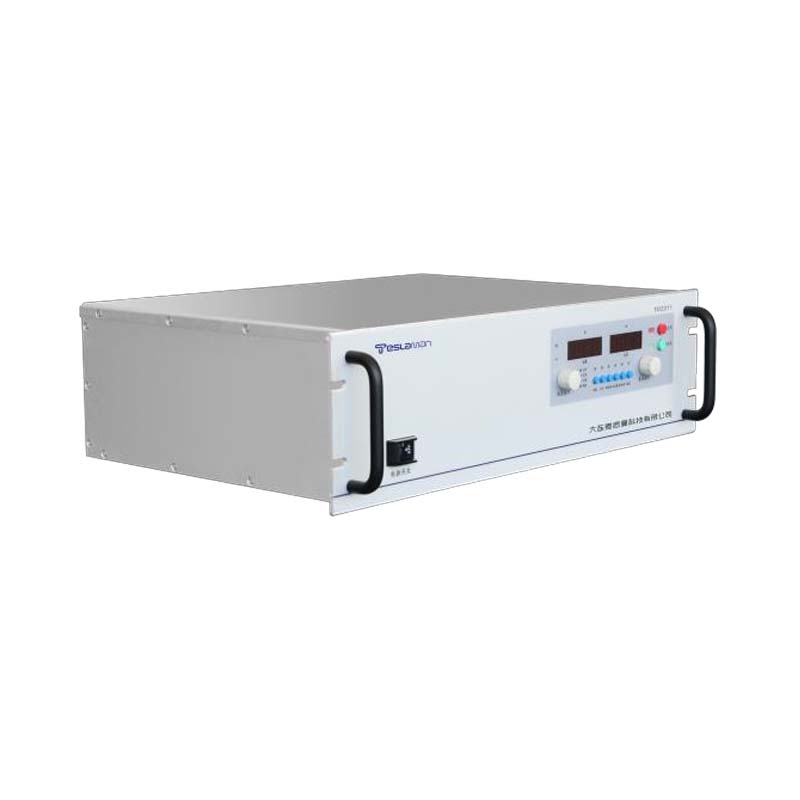Optimization of Voltage Stability for 320kV High-Voltage Power Supply
In modern industrial and scientific research fields, the 320kV high-voltage power supply, with its high output voltage, is widely used in crucial processes such as electron beam processing, high-voltage pulsed electric field sterilization, and high-voltage scientific research. In these applications, voltage stability directly determines the operating accuracy of the system, product quality, and the accuracy of experimental results. Therefore, optimizing the voltage stability of the 320kV high-voltage power supply is of great significance.
There are numerous factors affecting the voltage stability of a 320kV high-voltage power supply. Firstly, the load characteristics of the power supply are one of the key factors. When the load changes, for example, during electron beam processing, as the material and shape of the processed workpiece change, the load resistance will fluctuate accordingly. This will cause the output current of the power supply to change, thus affecting the stability of the output voltage. Secondly, the internal circuit structure and component parameters of the power supply also have a significant impact on voltage stability. For instance, the winding resistance and leakage inductance of the transformer, as well as the forward voltage drop of the diodes in the rectifier, will introduce voltage drops during the operation of the power supply. Moreover, these parameters will change with the operating time of the power supply and the ambient temperature, further exacerbating voltage instability. In addition, fluctuations in the grid input voltage will also be transmitted to the output end of the high-voltage power supply, resulting in unstable output voltage.
To optimize the voltage stability of the 320kV high-voltage power supply, a series of targeted measures need to be taken. In terms of control strategies, the adoption of advanced closed-loop feedback control technology is a common method. By real-time monitoring of the output voltage and current of the power supply, comparing the feedback signals with the set values, the controller adjusts the output of the power supply according to the deviation signals to maintain voltage stability. For example, the use of a Proportional-Integral-Derivative (PID) control algorithm can quickly respond to load changes and effectively reduce voltage fluctuations. In hardware design, the selection of high-quality, low-loss components is crucial. For example, using transformer core materials with low resistance and high magnetic permeability can reduce winding resistance and leakage inductance and decrease voltage drops. Selecting rectifier diodes with low forward voltage drops and stable performance can improve rectification efficiency and reduce voltage fluctuations caused by changes in component characteristics. At the same time, optimizing the filter circuit of the power supply and adding appropriate combinations of inductors and capacitors can effectively suppress the ripple voltage of the power supply output and improve the smoothness of the voltage.
In addition, to deal with fluctuations in the grid input voltage, a voltage regulator can be added at the front end of the power supply. The voltage regulator can monitor the grid voltage in real-time and automatically adjust the output voltage according to voltage changes to ensure that the voltage input to the high-voltage power supply remains stable. Also, reasonably designing the grounding system of the power supply to reduce the impact of electromagnetic interference on the power supply is also helpful for improving voltage stability.
Optimizing the voltage stability of a 320kV high-voltage power supply requires comprehensive consideration of various factors such as load characteristics, internal circuit structure, component parameters, and the external grid environment. Through a series of means such as adopting advanced control strategies, selecting high-quality components, optimizing circuit design, and improving protective measures, a high degree of stability of the power supply output voltage can be achieved, meeting the strict requirements of various application scenarios for high-precision voltage and promoting the continuous development of related industries.




















